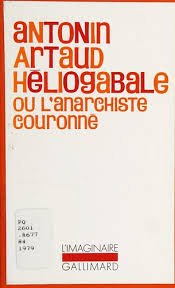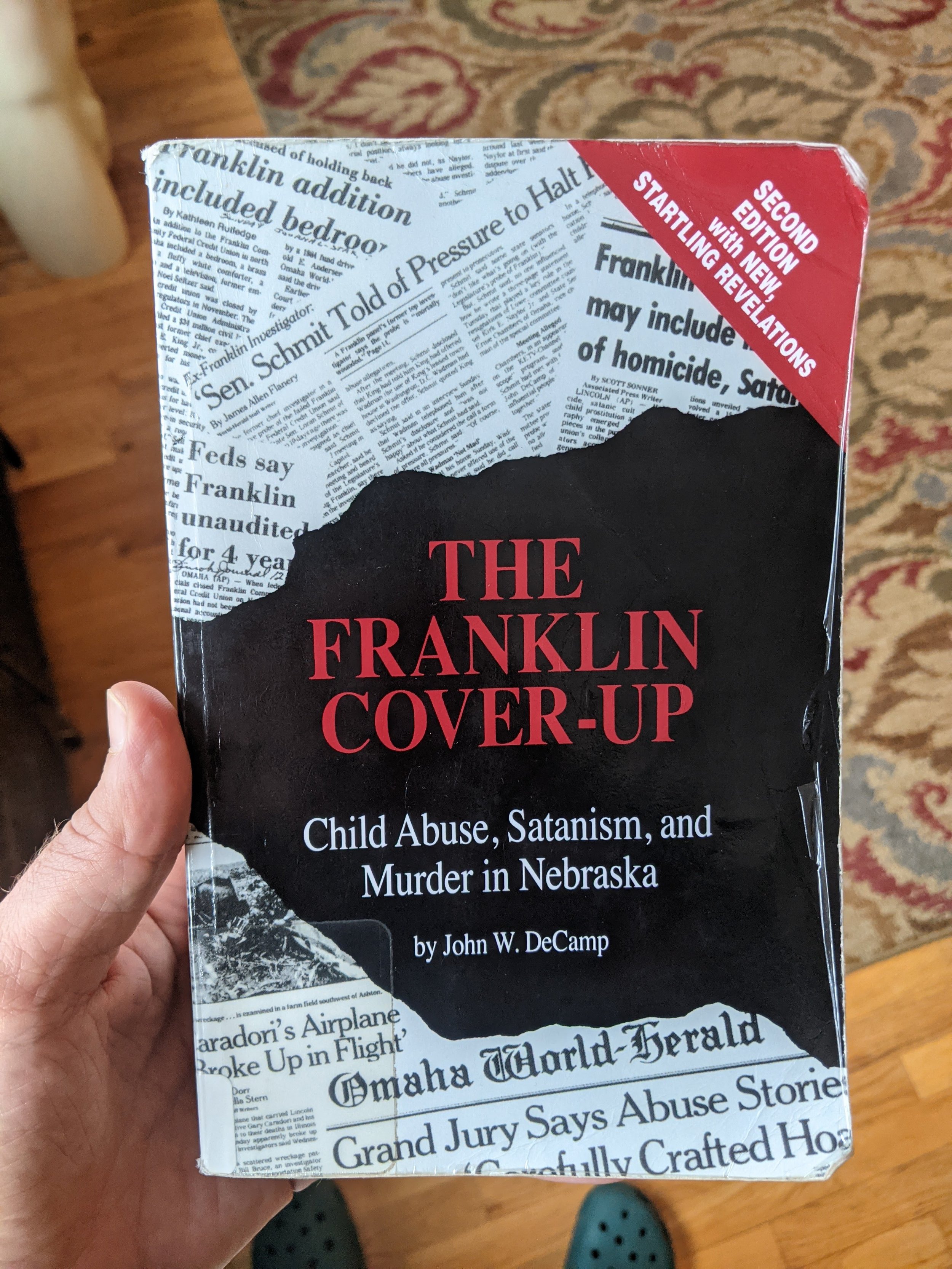CITIES OF THE RED NIGHT - WILLIAMS BURROUGHS
Burroughs is one of the authors I’ve admired for the longest in my life. He and Rexroth are the best Beats, at this point, I don’t think there’s much of a contest. Tho, as an aside, it seems like the Beats themselves have lost a lot of their cultural cache, even from when I was in high school and college. True, I’m no longer a teen, but I don’t get the sense that teens are into the Beats like that anymore. Teens, weigh in if you’re reading this, are the Beats corny? Burroughs is the best writer of the bunch, the furthest out and the most interesting. He’s a bit cursed by having his oeuvre defined by one seminal book, NAKED LUNCH. I’ve read a handful of others, THE WILD BOYS, THE TICKET THAT EXPLODED, JUNKY, QUEER, and maybe another one or two. None of those stand out as much as NAKED LUNCH. I’ve also seen the house he lived at in Mexico City, the house he died at in Lawrence KS and the former location of the bar where he killed his wife “accidentally.” I also used to have a Burroughs t-shirt I really liked. I became a bit more turned off of him as I grew older, traveled a bit and met the sorts of sex-tourists Burroughs was and realized how monstrous of a “hobby” this is. It is possible, especially if you’re from means, like he was, to, as a Westerner to move to places like Morocco and engage in the sorts of sex-acts that would get you in quite a bit of trouble in your place of birth. Part of this gets elided when people talk about how Burroughs was gay during a time when it was less than cool to be so, but it’s important to remember that he was targeting quite underage boys (Ginsberg could also use a reevaluation along these lines). All that being said, I’d heard good things about the last three novels he wrote and decided it was time to dive in. This book is truly insane and a great summation of what Burroughs is about, with all the pitch-black humor and lurid milieu and everything else he’s famous for. The book sort of follows two stories, one about Libertalia, the quasi-fictional Malagasy Pirate Utopia, that lives on in this world as a sort of gay anarchist dream. As he puts it, ”your right to live where you want, with companions of your choosing, under laws to which you agree.” would be the center of this world. On another track, a private eye tries to track down a youth who’s been killed in a gay ritual magick situation and unravels the various dark forces that are at play. All the while we learn about a terrible plague as well as the titular cities of the red night, which existed in the Gobi desert 100,000 years ago. There is a lot, and I do mean a lot, about hanging people and having them cum right as they die. It’s a theme that is present in NAKED LUNCH (Dr. Benway also makes a brief cameo) but he goes crazy with it here, it occurs seemingly every 5 pages. Did Burroughs witness this? It does bring together sex and death, two of his favorite themes. There are almost no women in the book, again surprise, given the author, outside of a few monstrous Countess. In the second part of the book, Burroughs goes full Bosch and imagines a time-travel assisted scene where warriors from throughout history, from Marines to Greek warriors and everything in between, take part in an enormous battle full of gruesome scenes. He also gives us one of the most succinct encapsulations of his vision and his obsessions, what all the violence and drugs and sex means, “Audery felt the floor shift under his feet and he was standing at the epicenter of a vast web. In that moment, he knew its purpose, knew the reason for suffering, fear, sex, and death. It was all intended to keep humans slaves imprisoned in physical bodies while a monstrous matador waved his cloth in the sky, sword ready to kill.”
The end of the book includes a recreation of the action of earlier in the book as a school play. There’s a lot of magick stuff, “It’s like the I Ching or table-tapping procedure. How random is it actually?” as one character puts it, lots of historical references, lots of references to dark chapters in history and his constant them of freedom and control. It’s pretty lurid and fun, I enjoyed it more than I thought I would, it’s really Burroughs firing on all cylinders and going for broke. I’m surprised there are two other entries in this series, this one seems to include everything. I do think I’ll finish the series. 1617 death-orgasms



















